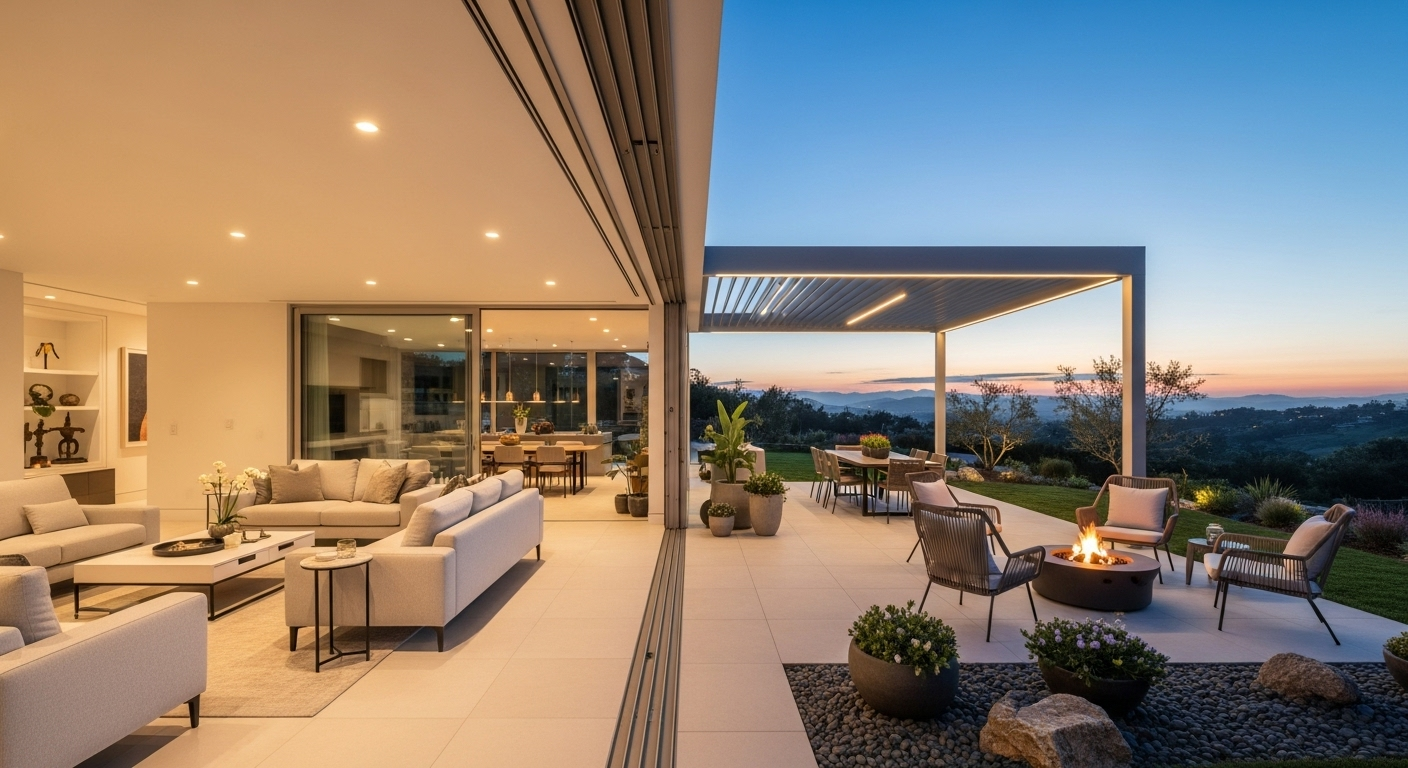Seasonal planting plans for year-round color
A seasonal planting plan helps you sequence blooms, foliage, and structural plants so a garden looks vibrant across spring, summer, autumn, and winter. By combining perennials, annuals, bulbs, and woody plants with thoughtful placement and maintenance, you can create continuous interest while balancing interior and exterior transitions, hardscape, and decor elements.

Planting schedules for continuous blooms
Effective planting begins with a calendar that staggers flowering times. Start by mapping spring bulbs and early perennials, follow with summer annuals and heat-tolerant perennials, then introduce autumn-blooming asters or sedums and winter-interest shrubs. Group plants by sun exposure and soil moisture to simplify care. Using bulbs, early-season shrubs, midseason perennials, and late-season cultivars ensures that color phases overlap rather than leave bare gaps. Incorporate interior potted blooms for temporary displays that echo outdoor palettes when needed for renovation or seasonal décor shifts.
How can landscaping support year-round color
Landscape structure matters as much as flowers. Use evergreen hedges, ornamental grasses, and sculptural shrubs to provide backbone color and texture in the off-season. Layer plant heights—groundcovers, perennials, subshrubs, trees—to create depth and seasonal reveal. Integrate mulch beds and stonework to maintain tidy edges and reduce weeds, and plan sightlines from windows and patio furniture so color moments are visible from living spaces. Thoughtful landscaping reduces the need for frequent replanting and supports a cohesive exterior that complements interior décor choices.
What role does lighting play after dark
Outdoor lighting extends the visual season by highlighting color, texture, and structure when daylight fades. Use warm LED uplights for specimen trees and shrubs, path lighting to accentuate spring bulb drifts, and soft string lights or lanterns around patio furniture for evening ambiance. Timers and dimmers help balance energy use and effect. For small-scale projects or DIY upgrades, battery-operated stake lights can enhance containers and borders without hardwiring. Properly placed lighting also increases the usability of outdoor rooms during cooler months, making plantings feel like part of a year-round living space.
How to plan irrigation and seasonal water needs
An irrigation plan tailored to plant types preserves health and color. Install drip irrigation or soaker hoses for beds to deliver water directly to roots and reduce evaporation, and use timers to adjust for seasonal rainfall. For patios and containers, choose systems or manual schedules that prevent overwatering in cool months and ensure adequate moisture during peak heat. Sustainable strategies—rain barrels, mulching, and drought-tolerant plant selections—cut water use and stabilize soil conditions. Regular checks of moisture levels and adjustments after renovation or major planting phases keep established schemes resilient.
How can sustainability be integrated into planting plans
Sustainability starts with plant selection and soil care. Prioritize native species and adaptive cultivars that require less fertilizer, fewer pesticides, and lower irrigation. Build soil organic matter with compost and use mulch to suppress weeds and retain moisture. Incorporate seasonal composting and on-site reuse of prunings for mulch or habitat piles. Choose pest-tolerant varieties and diversify species to reduce disease risk. Sustainable planning also considers storage and organization of tools and materials so seasonal transitions are efficient and generate less waste.
What design tips help patios and small spaces stay colorful
Smaller areas benefit from bold but coordinated planting. Use containers with layered plantings—tall drama, mid-level blooms, and trailing spillers—to deliver concentrated color. Position containers near furniture groups to link interior and exterior palettes and add vertical planters or trellises to increase green area without sacrificing floor space. Rotating seasonal pots makes maintenance and irrigation simpler, and using lightweight storage for cushions and tools keeps patios tidy during dormancy. Mulch and compact planting palettes preserve a polished look through changing seasons.
Conclusion A year-round color plan balances timing, structure, and maintenance: a schedule for planting and bulbs, a landscape framework of evergreens and grasses, measured lighting and irrigation, and sustainable choices that reduce inputs. Whether working on a broad garden or a compact patio, integrating interior and exterior considerations—storage, furniture placement, and decor continuity—helps ensure that each season contributes to a continuously engaging outdoor environment.





